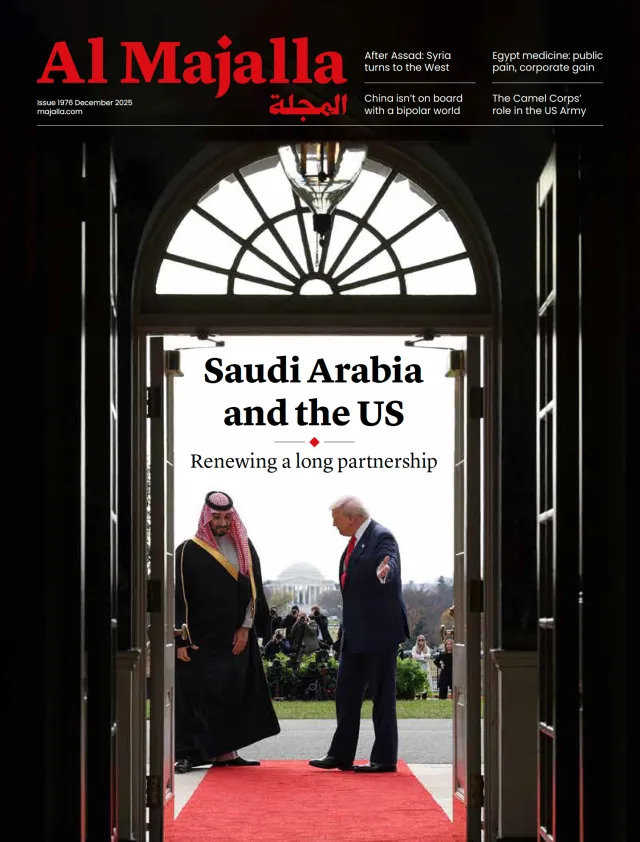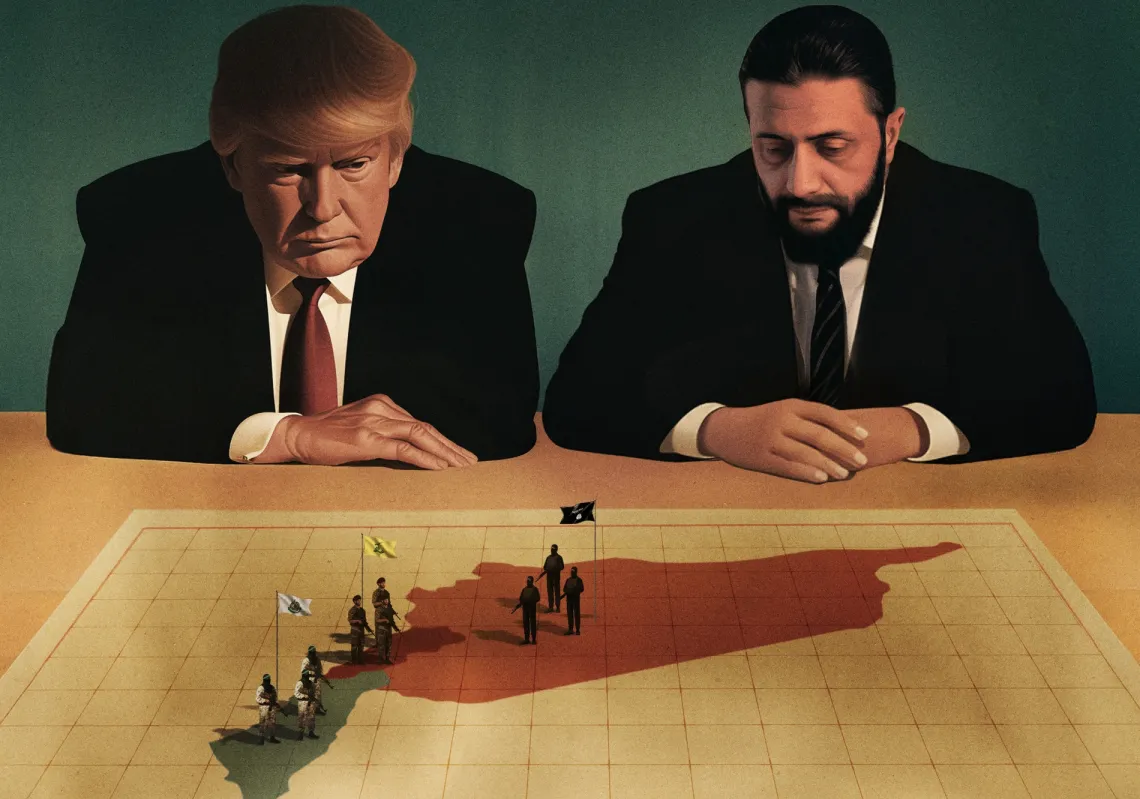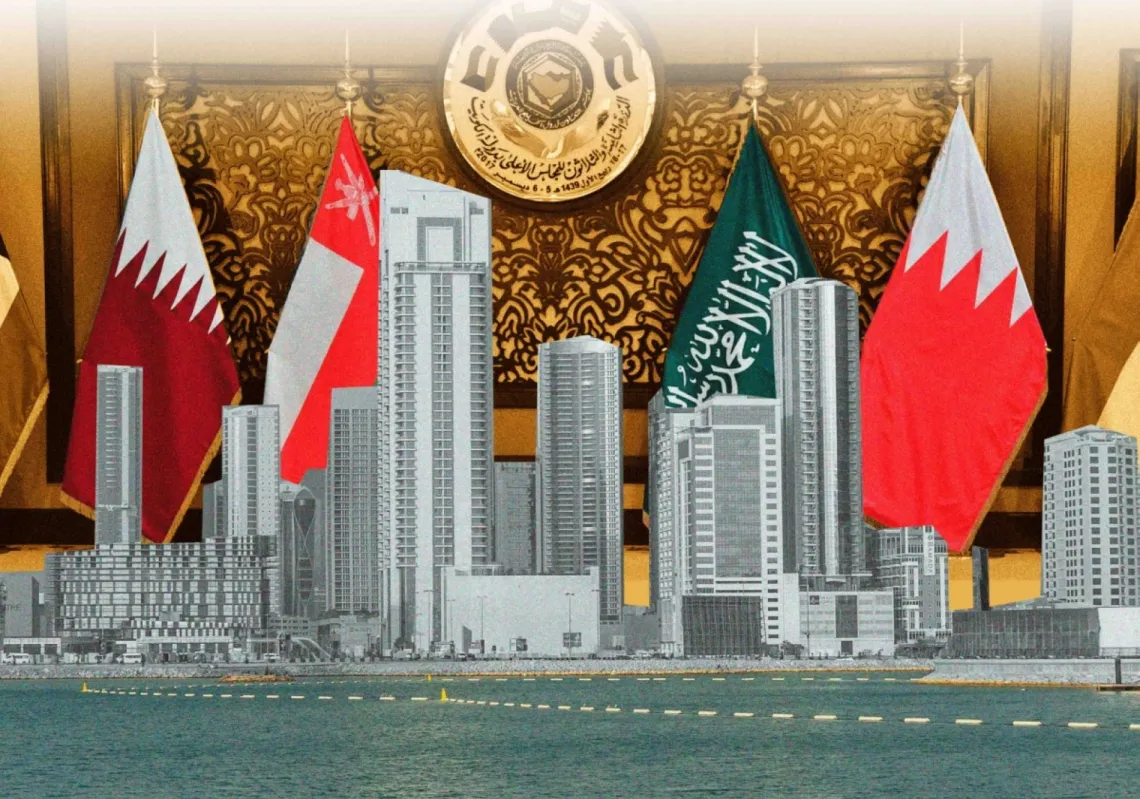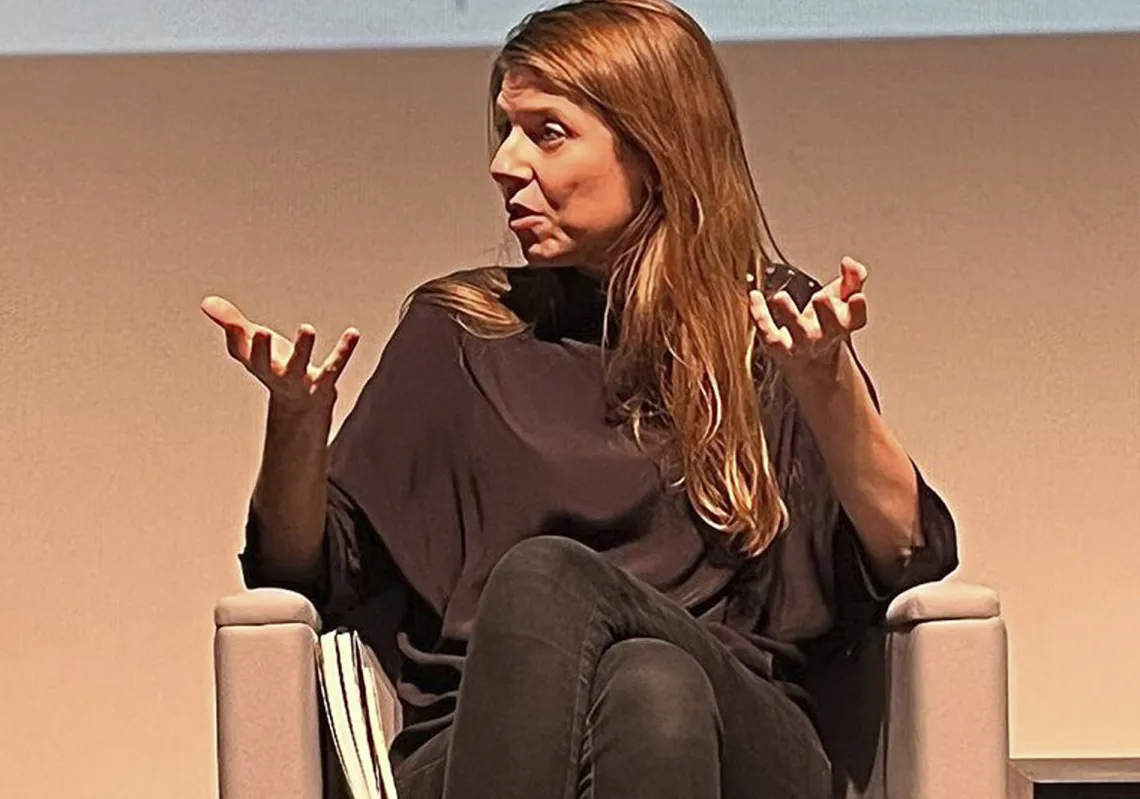A few years ago, the words ‘Saudi Arabia’ would have elicited images of Mecca, the Kingdom Tower in Riyadh, and oil installations amidst the dunes. Today, those images still hold, but they are joined by others: the archaeological treasures of AlUla, footballer Cristiano Ronaldo playing for Riyadh club Al-Nassr, the turquoise waters of the Red Sea, and the huge construction site of NEOM, a city of the future.
In a decade, we will look back on the Kingdom hosting Expo 2030 and the World Cup 2034, to name but a couple of big world events. All this is part of Vision 2030, Crown Prince Mohammed bin Salman’s ambitious plan to diversify the Saudi economy away from oil, the wealth from which has propelled it to become one of the world’s richest nations.
The scale of some landmark Vision 2030 projects is immense—over $1.3tn in real estate and infrastructure projects over the past eight years, according to Bloomberg. Although the oil price has fluctuated of late, the government is staying on target despite the impact on its income.
Reforms and projects
For Dr Ihsan Ali Bu-Hulaiga, a prominent Saudi economist and former member of the Shura Council, Vision 2030 is “a blueprint for a modern, prosperous life that seeks out the contribution of the whole society in the process”.
Reforms to empower women—such as lifting the driving ban and male guardianship rules and enacting anti-harassment laws—have “boosted female participation in the production process,” he said. “It stimulated growth by increasing investments and consumer spending, fostering greater social stability and justice.”
















